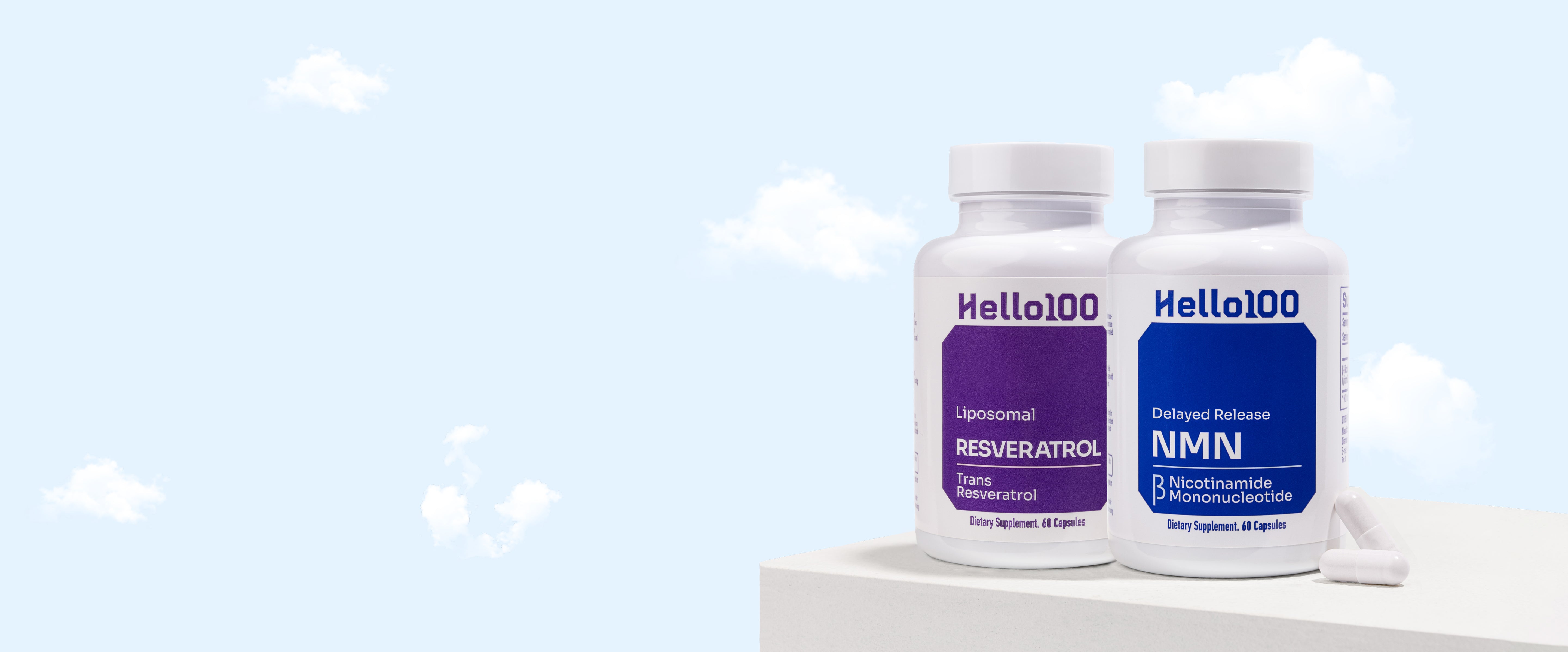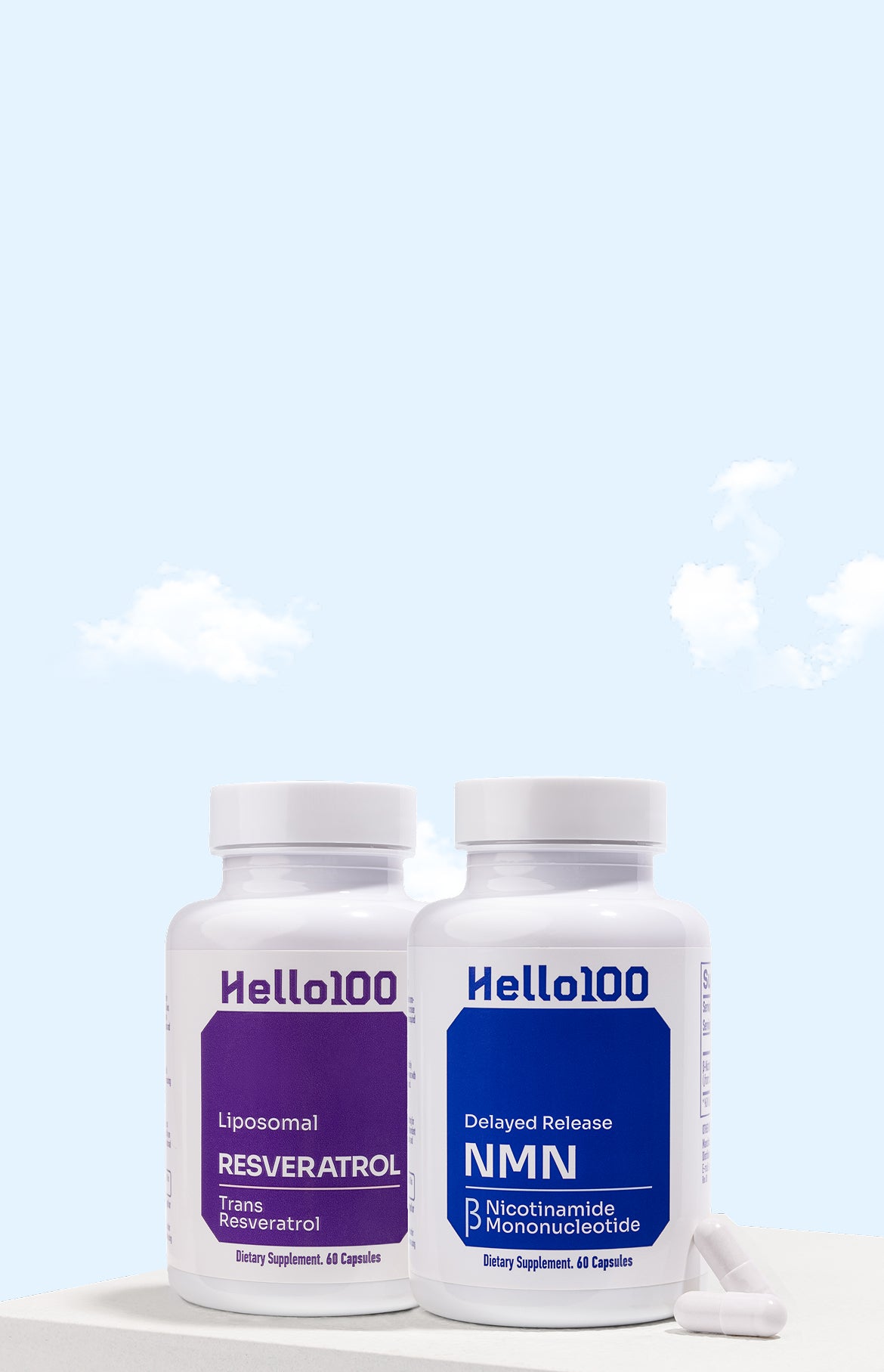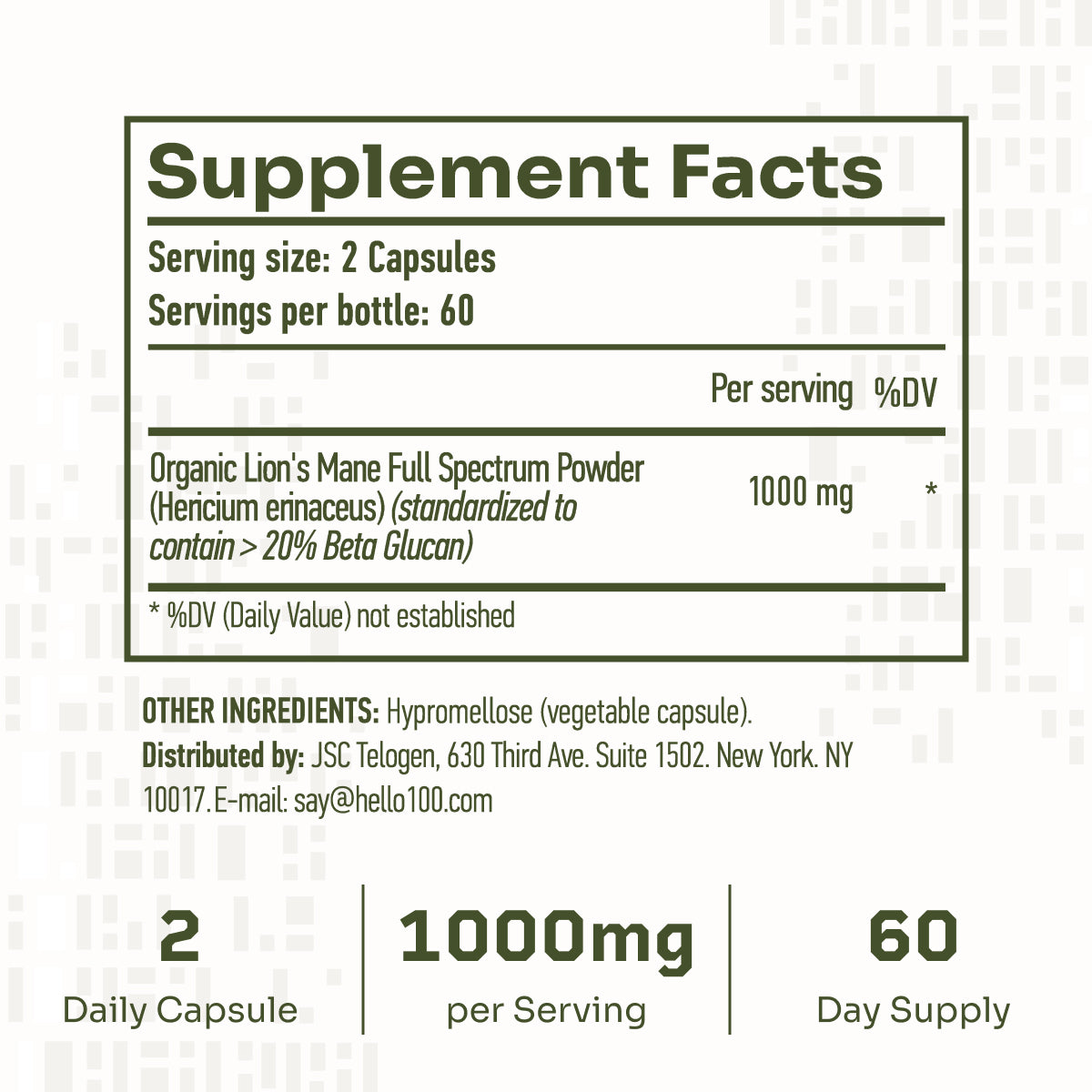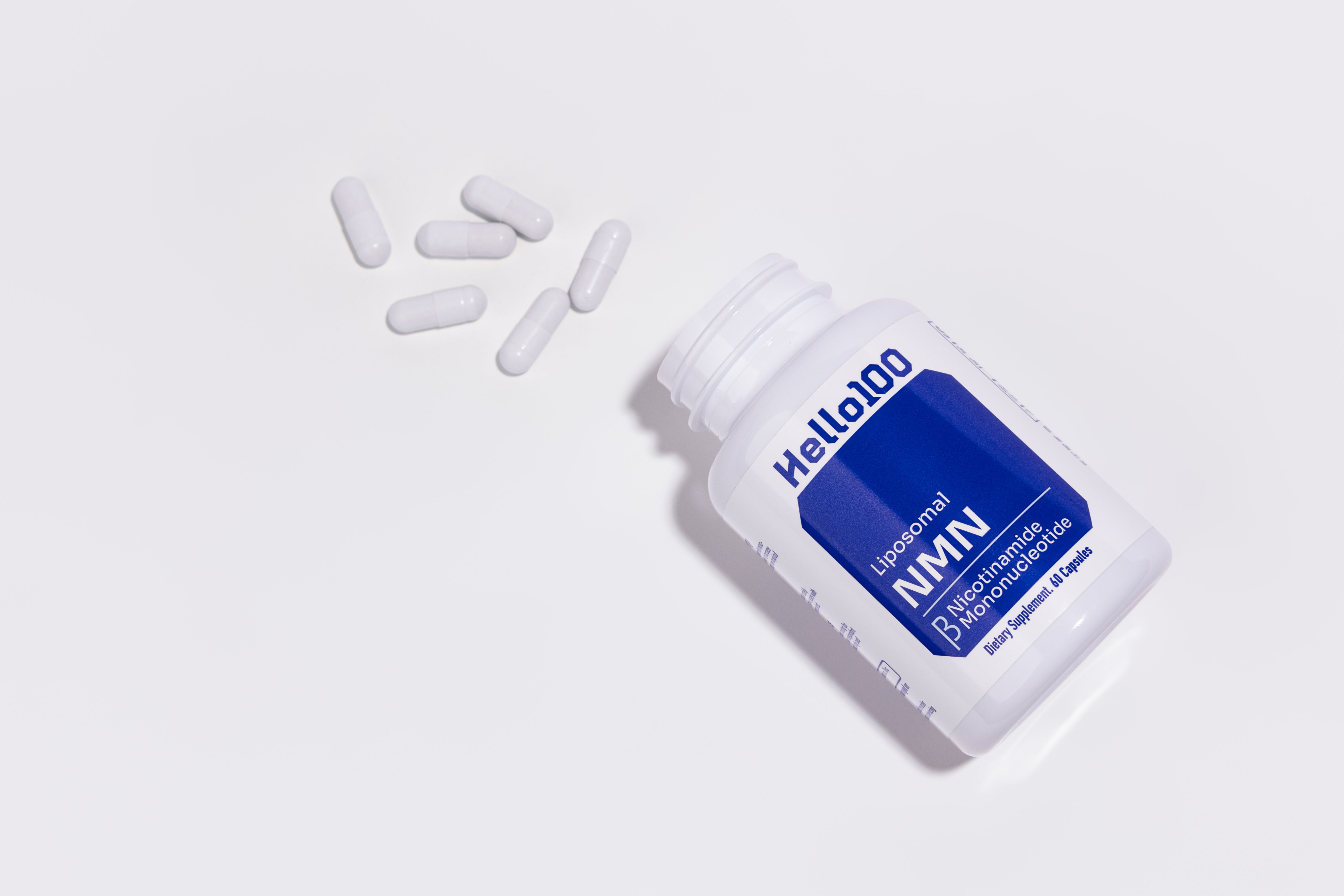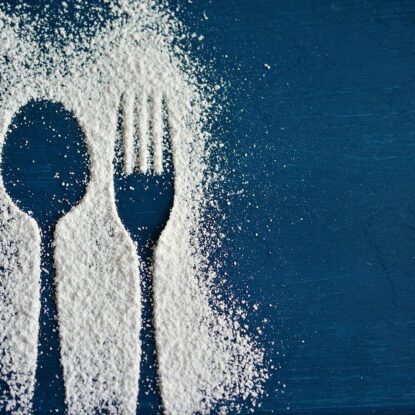Rewind the clock
Just a few tiny healthy habits to revitalize, rejuvenate & re-energize.
The Ultimate Duo For Healthy Aging
Stack our Delayed Release NAD+ & Liposomal Resveratrol together for a multitude of synergystic benefits.
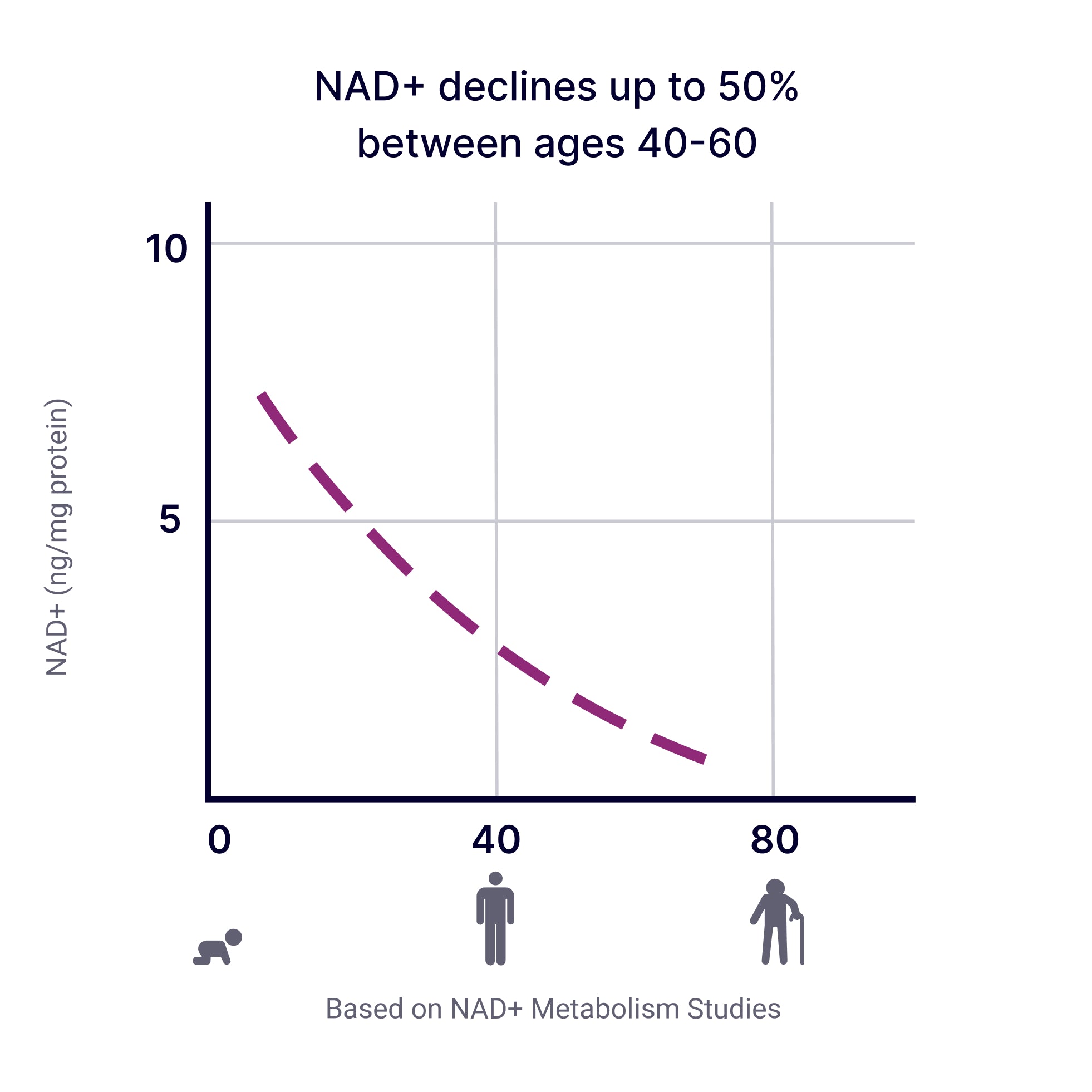
Synergy between NAD+ and Resveratrol:
Various precursors, found in all living cells, directly raise NAD+ levels, while resveratrol activates the “longevity protein” SIRT1 and makes it more responsive to NAD+.
Together they optimize NAD+ utilization, a critical catalyst for cellular energy production, DNA/RNA synthesis, protein and lipid creation, and damage repair.
Unfortunately, NAD+ levels begin to fall in midlife, dragging down metabolism and self-repair. Scientists link this decline to metabolic dysfunction, diabetes, Alzheimer’s, obesity, heart disease and muscle loss.
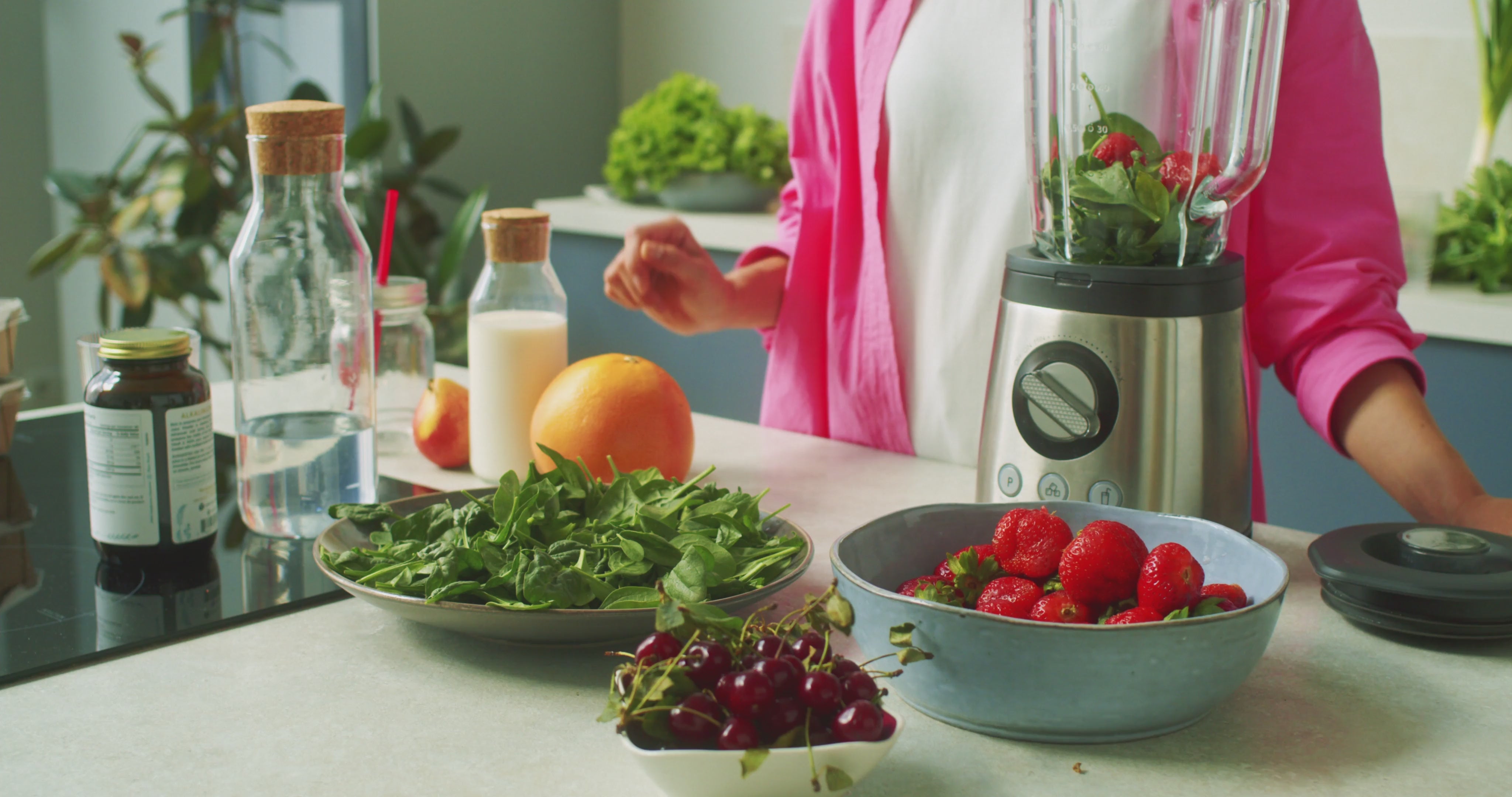
Addressing the Bioavailability Challenge of Supplements
Sometimes NAD+ precursors don't work..
...and neither do most NAD+ boosters.
Oral NAD+ precursors and resveratrol can be destroyed by stomach acid, so you end up taking more just to get the same effect.
Our delayed-release NAD+ supplement survives the stomach and enters your bloodstream at peak capacity. Meanwhile, liposomal resveratrol’s protective lipid bubbles bypass digestion, together increasing active absorption by up to 600%.”
Just pure benefits. No wondering "if it works".
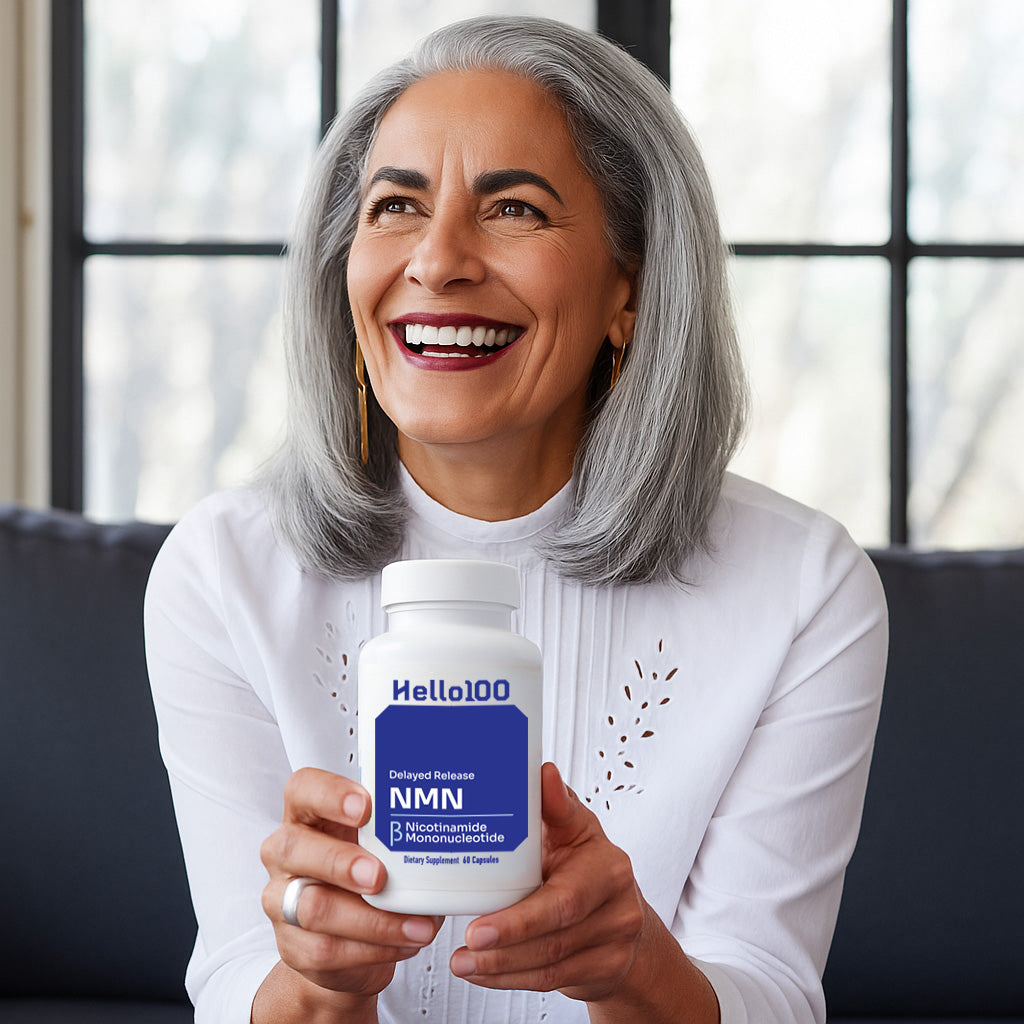

Our customer satisfaction is our #1 priority.
Try H100 without any risk with full 60 day money-back guarantee
If you’re unhappy with the Hello100 products, simply return it within 60 days of receiving it and we’ll give you a full refund. It’s that simple.
